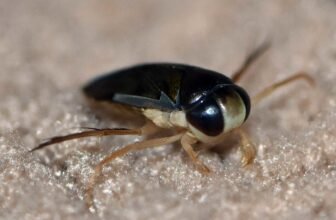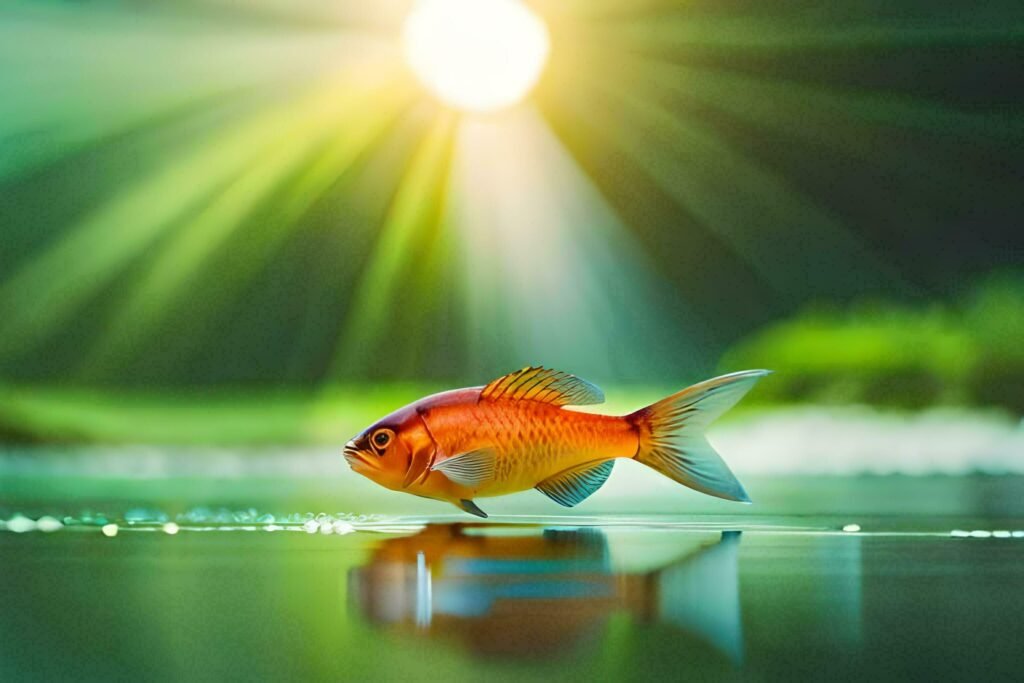
Fish of the Sun: Nature’s Gems Among the Waters of Life.The Sunlight Fish, as its name suggests, is a creature so mesmerizing that the lines and colors appearing on it seem to represent the rays of the sun. Resembling shining golden rays of sunlight, this aquatic gem is a delight for naturalists, aquarists and field ecologists alike. Whether gliding through calm freshwater bodies or under bright lights in an aquarium, sunfish never fail to enliven and dazzle up any space.
Table of Contents
Sunlight Fish: Glaring Look
- Sunfish, with their radiant golden color and graceful forms, is an obvious choice for a celebration.
- Size and Structure: These can all be found as sunfish (typically up to 4–8 inches long), which are very slender bodies being able to move rapidly through the water.
- Color Spectrum: They are distinguishable by their golden scales, which have a silvery hue or light blue shading near the tail.
- Distinctive Features: Its dorsal and tail fins are often partially translucent and can seem to sparkle when lighted.
- Fun Fact: The sunburst darter gets its poetic name from the appearance of sunrays scattering on rippling water.
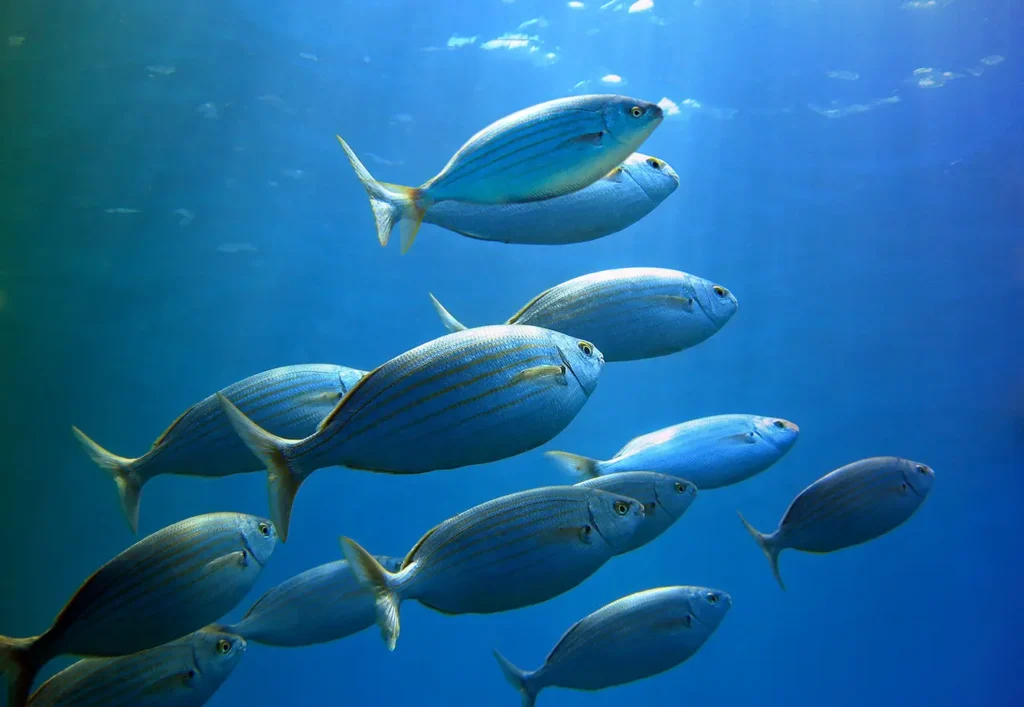
Typical Unconfirmed Location: Sunlight Havens
- Sunlight fish are found in calm freshwater habitats, and thus, their luminosity needs light to shine bright.
- Preferred Ecosystems: Their favorite places to hang around in flooded areas like ponds, streams, and lakes. They are often found in land rich in plant life.
- Geographic Spread: Sunlight fish that were originally discovered in tropical as well as subtropical regions are now distributed to several freshwater systems in other continents.
- Depth and Light Preferences: They like sunnier zones where the sun reaches the deeps and they can be seen better, their glistening scales in full view.
What Do Sunlight Fish Eat?
Omnivores by nature, Anthias need a varied diet to maintain important colouration and health.
Wild Diet:
- Tiny aquatic insects
- Zooplankton
- Algae and plant detritus
Aquarium Diet:
- High-protein flakes and pellets
- Bloodworm and brine shrimp (freeze-dried or live)
- Low amounts of leafy greens such as lettuce (sparingly)
Their vibrant golden colors really pop when fed a diet high in carotenoids, so they make great-looking additions to most tanks.
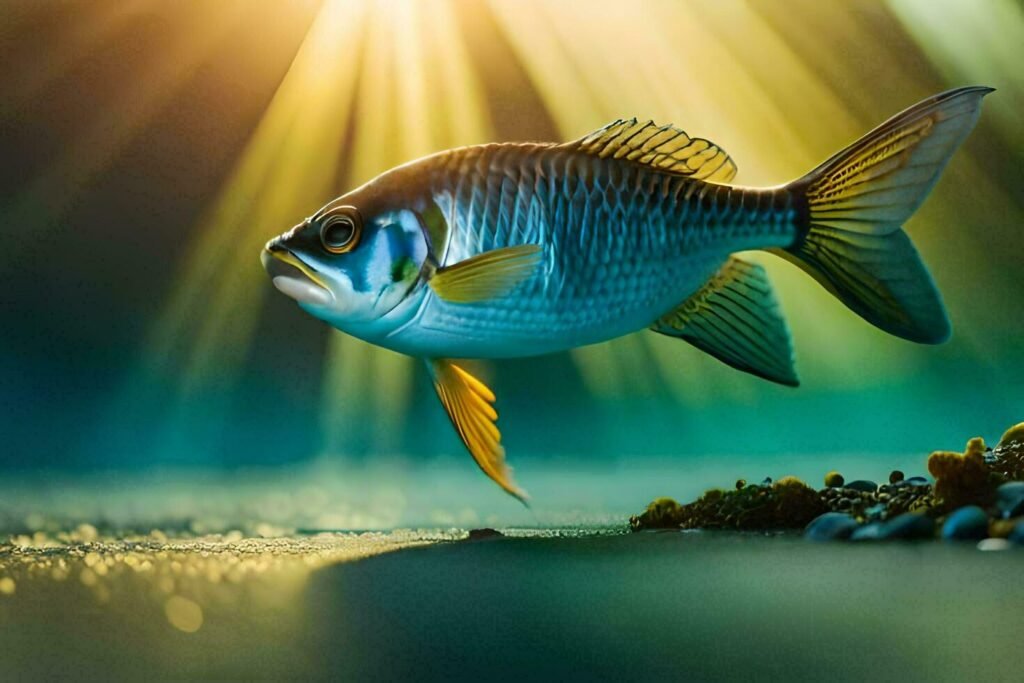
Reproduction and Lifecycle
- Sunlight Fish shows interesting reproductive behaviour in which they look after their young around the time of spawning.
- Breeding Season: Sunlight Fish are especially active in late spring and summer when water temperatures are optimal.
- Nesting Behavior: Males dig in sandy or gravelly substrate, often in open areas where they are visible to females.
- Parental Care: Now, when the eggs are lain, males ferociously protect them until they hatch and their fry survive.
- While it is a common trait in their species, the way this is done highlights how different moonfish are from other fish.
Sunlight Fish Care in Aquariums
If you want the light of the Sunlight Fish to be in your home, you will have to provide some type of care for those responsible for decorating our walls and gardens.
- Tank Requirements:
- Tank size: 20 gallons Min for a small group
- Water temperature: 72–78°F
- Suitable pH range: 6.8—7.5
- Ideal Setup: Live plants, smooth stones, and sandy substrates are suggested. Maintain a medium-lit condition that simulates a natural habitat while still allowing their coloration to stand out.
- Tankmates: Good tankmates include peaceful community fish such as tetras and mollies. Try to avoid including overly aggressive species since these fish would only make things unnecessarily stressful for your goby.
- Maintenance Tips: Just like every other aquatic pet, they require frequent water changes and perfect aquarium water quality.
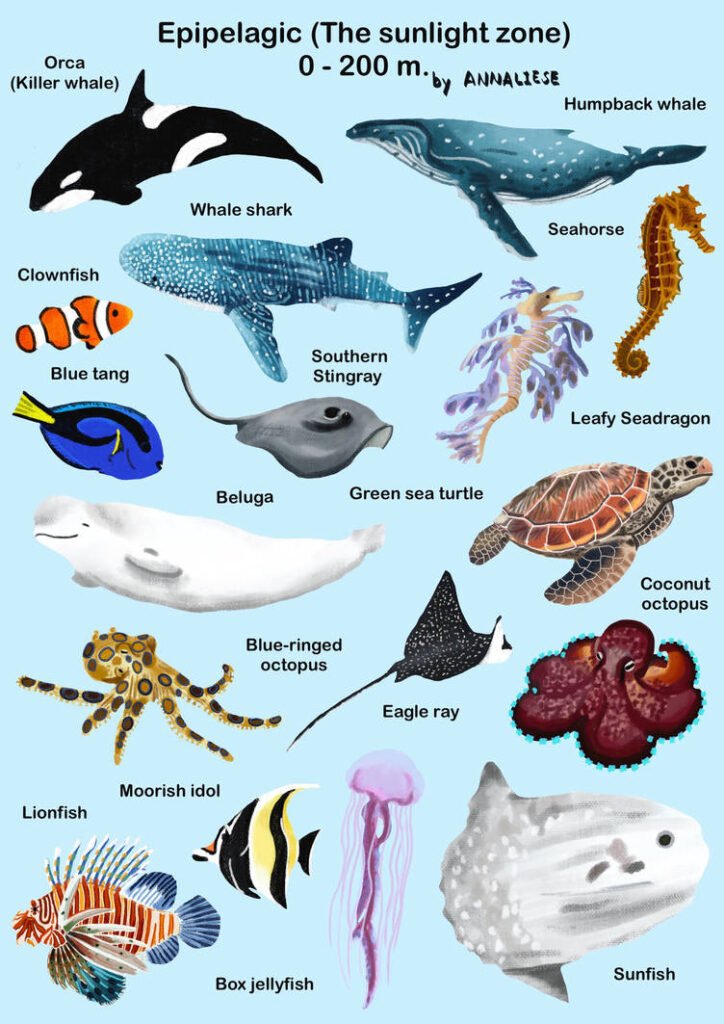
Function of Sunfish in Aquatic Ecosystems
As well as being wonderful to behold, sunfish have an essential part to play in the ecology.
- Ecosystem Contributions: They eat algae, and detritus is an important part of the balance in water environments. They also feed on insects, which helps to control insect pests.
- Indicator Species: If there are a lot of them, it may be indicative that the water is clean and well-oxygenated.
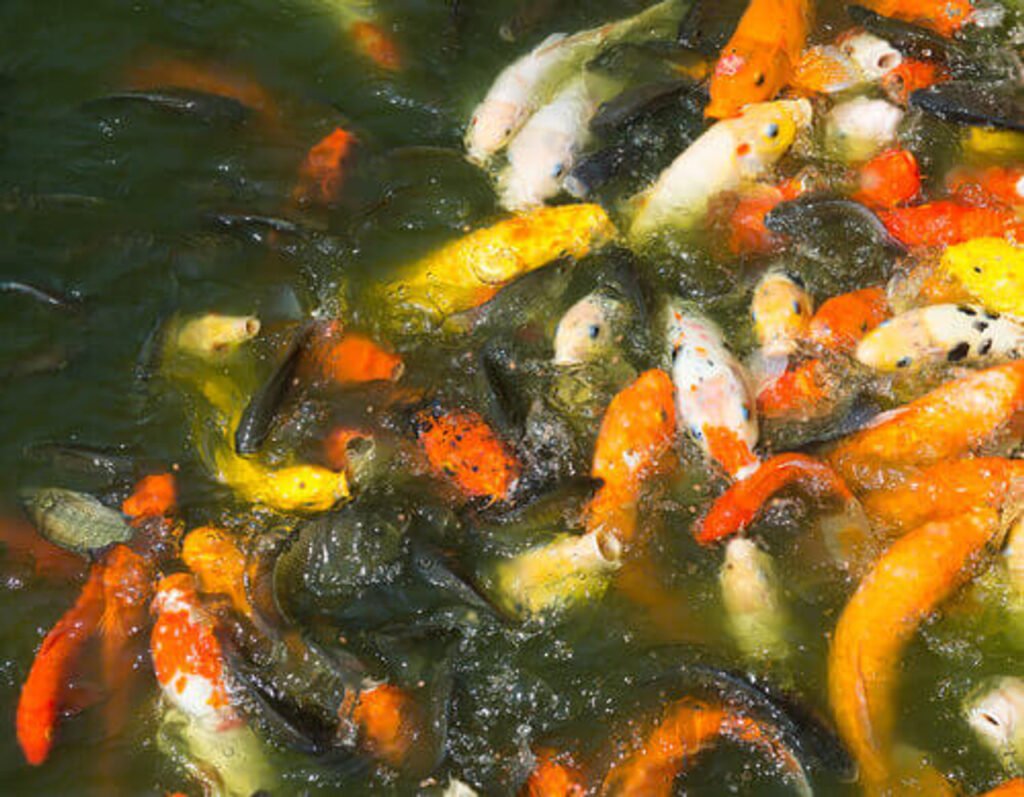
Common Types Of Sunshine Fish
- “Sunlight Fish,” or some other radiant radiants, is a term of note, but they can only shine brightly because there is more color than any of them.
- Golden Sunfish: It is the Sunlight Fish, golden and warm all over.
- Aurora Tetra: A small sparkly species for community tanks.
- Radiant Barb: Their silvery scales reflect brilliantly in the light and they parry quickly about their environment.
Cool Facts About Sunlight Fish
- Sunlight Lovers (~90% of species): They have the highest activity when in lit places, as their name suggests.
- CALIF – FASTHHADCAN, Despite their relaxed appearance, these little fish can zip out of the way of predators easily.
- Survivors: Sunlight Fish can tolerate extremes and live in places very few fishes could.
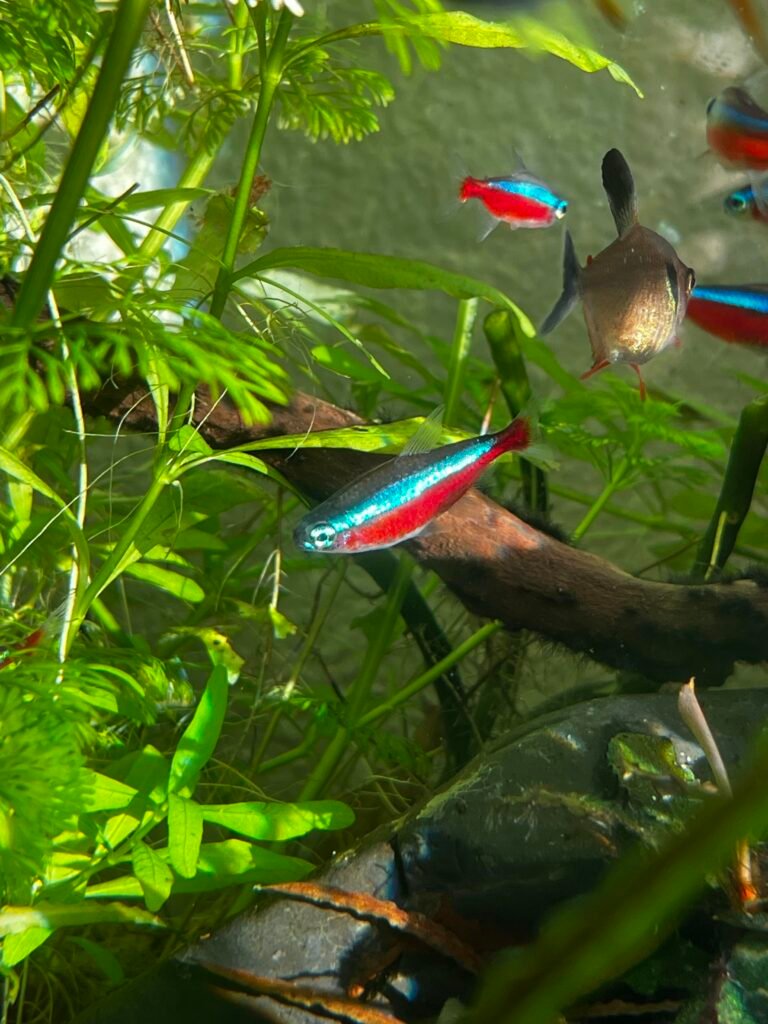
Conservation and Threats
Most species of Sunlight Fish are currently healthy, but a few have specific problems from habitat destruction and pollution. Conservationists argue that we should preserve their natural habitats and keep more sustainable aquariuming practices.

A Glittery Add-On for every Container
Sunlight Fish is a sort of elegant swimmer that doubles up as visual beautification and also serves the aquatic ecosystem. They are also a favorite choice for hobbyists and nature lovers due to their bright colors and relative ease of care. Beheld in the wild or sitting on a shelf, Sunlight Fish are a glimpse of nature’s magnificence.

FAQs about Sunlight Fish:
Why are they called sunfish, but what makes them sunlightfish?
They are Mother Nature’s light show on water!
Can Sunlight Fish be kept by beginners?
Of course, they are low-maintenance rays of sunshine!




